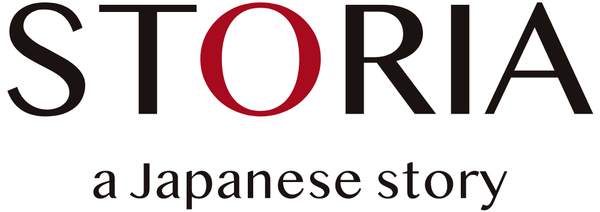Matcha, originated in Uji City, Kyoto, is the powdered green tea leaves using a tea millstone. It has full of mellow umami flavors but less astringency and has become popular both in Japan and overseas. Many matcha sweets have been in market as well. We explain the charm of matcha, which is the only Japanese tea that you can enjoy whole tea leaves, along with the characteristics and history.
What is Matcha?
What kind of tea is matcha, its ingredients, cultivation method, and birthplace?
Matcha is from "Tencha"
Matcha is made from “Tencha”, dried tea leaves grown undercover cultivation. Undercover cultivation is a traditional cultivation method, and produces more aroma and umami of tea leaves by covering the tea trees with soft straws.
The covering period is about 3 weeks to 1 month before harvesting, and the tea leaves are picked and dried without rubbing and then grinded with a millstone. In this way it is easier to remove the veins of fibrous stems and leaves, and also gives a soft texture. Another advantage is that it suppresses quality deterioration and makes it easier to store.
The powder is the tea leave itself, with less astringency, mellow taste, and bright green color. You can enjoy the whole nutrients of it without any damage or loss.
From Uji City, Kyoto Prefecture
The main production areas of matcha are Kyoto, Kagoshima, and Shizuoka prefectures, and among them Uji is known as the birthplace of matcha.
In Uji, you can see the landscape of undercover cultivation in the tea plantations from April to May. In order to protect this beautiful landscape and the cultivation methods and techniques, efforts are being made to register it as a World Cultural Heritage Site.

Its history - from China to Japan
Tea was first brought back from China by Saicho and Kukai, the envoys to Tang China, in the early Heian period. The mainstream of tea was "Heicha", which was made by pressing steamed tea leaves. The compressed Heicha was shaved and boiled in salted water for drinking. It was so valuable that only monks and aristocrats could enjoy.
During the Kamakura period, the founder of the Rinzai sect, Zen Master Eisai, published a specialized tea book, "Kissayojoki," which describes how to drink tea and its efficacy.
At that time, steamed "Sancha" was powdered and poured with hot water to drink. This way of drinking is called "Kissaho" and is said to be the prototype of matcha. It was a favorite of samurai mainly for health purposes.
After that, Myoe, a Buddhist priest of the Kegon sect started cultivating tea at Kosanji Temple in Kyoto, who received tea seeds from Zen Master Eizai. This is the beginning of the current "Ujicha". In the Azuchi-Momoyama period, Sen no Rikyu completed the tea ceremony "Wabicha". Matcha is used in the tea ceremony and has been passed down to the present day.

Matcha is a superfood! Popularity overseas
Matcha is rich in nutrients such as theanine, vitamin C and E, and dietary fibers contained in the tea leaves.
Its popularity has been established as a flavor of chocolate and cakes in Japan, and you can easily obtain those sweets at convenience stores and supermarkets. Recently, there is a growing population to pursue authenticity so that machines that allow you to enjoy freshly grinded matcha at home have also been created.
Even overseas, “MACHA” as a Japanese superfood is attracting attention by celebrities who are conscious of beauty and health, and matcha specialty stores and sweets have been born. Since it contains a moderate amount of caffeine, it is sometimes taken as a substitute for coffee.
How about incorporating matcha into your life so that you can easily experience Japanese culture?

